In recent days, air quality in Hanoi has been at an alarming level. Many monitoring stations have measured Hanoi's air quality at a poor level.
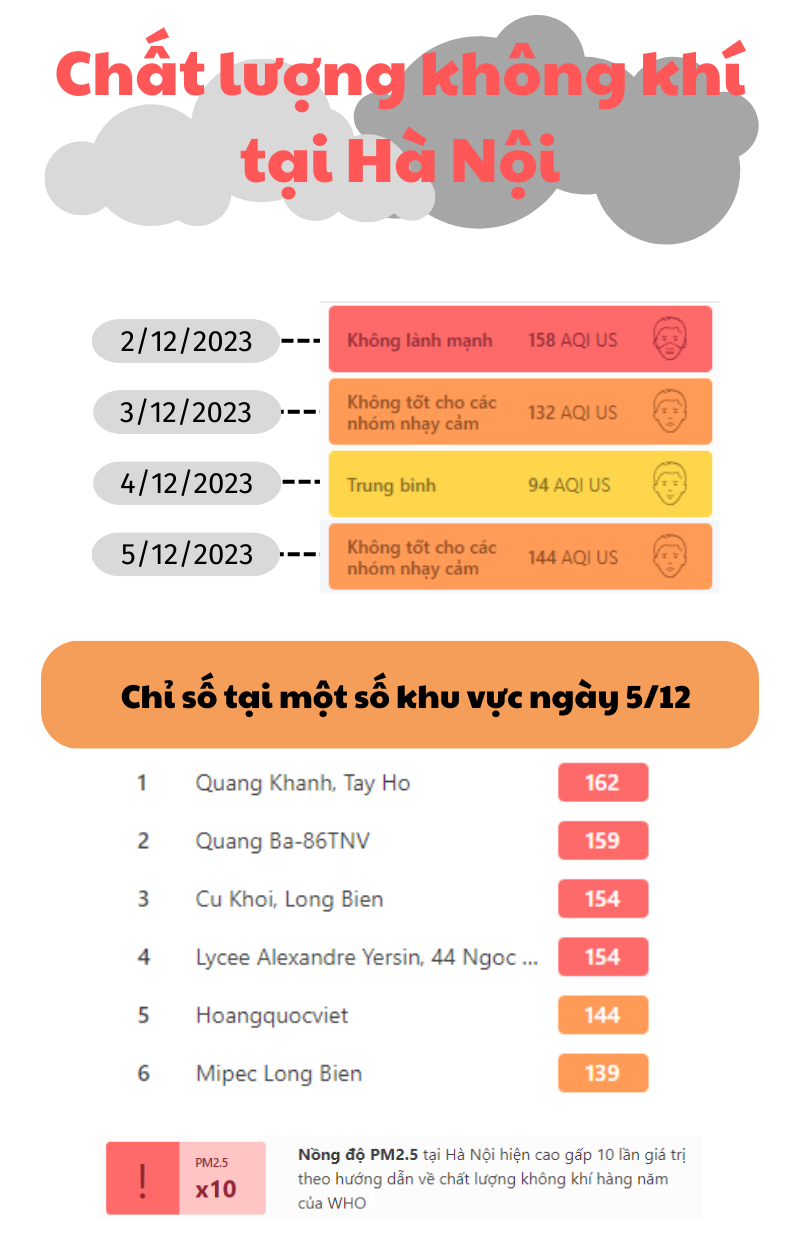
According to environmental experts, this phenomenon usually occurs from October to March of the following year. The reason is that there is little rain, calm wind, fog combined with poorly controlled ground emissions, causing pollutants to not diffuse but to linger in the low layer. On the other hand, due to the influence of seasonal weather conditions with many unfavorable fluctuations, the large difference between day and night in temperature, humidity, wind direction and speed, heat radiation, etc. in the air also contributes to the ability to diffuse pollutants in the air, especially PM10 dust and PM2.5 fine dust.
In addition, the situation of people burning waste, burning straw, agricultural by-products in the fields (open burning and scattered burning) is still very common and frequent for many years without effective measures to prevent it, increasing air pollution and smog in urban areas and concentrated residential areas.
In Hanoi, this air pollution started around mid-November and has lasted for the past few days. The air pollution has covered all inner-city and suburban districts, especially the districts of Cau Giay, Thanh Xuan, Hai Ba Trung, Hoang Mai, Hoan Kiem, Dong Da, Bac Tu Liem, and Hai Ba Trung.
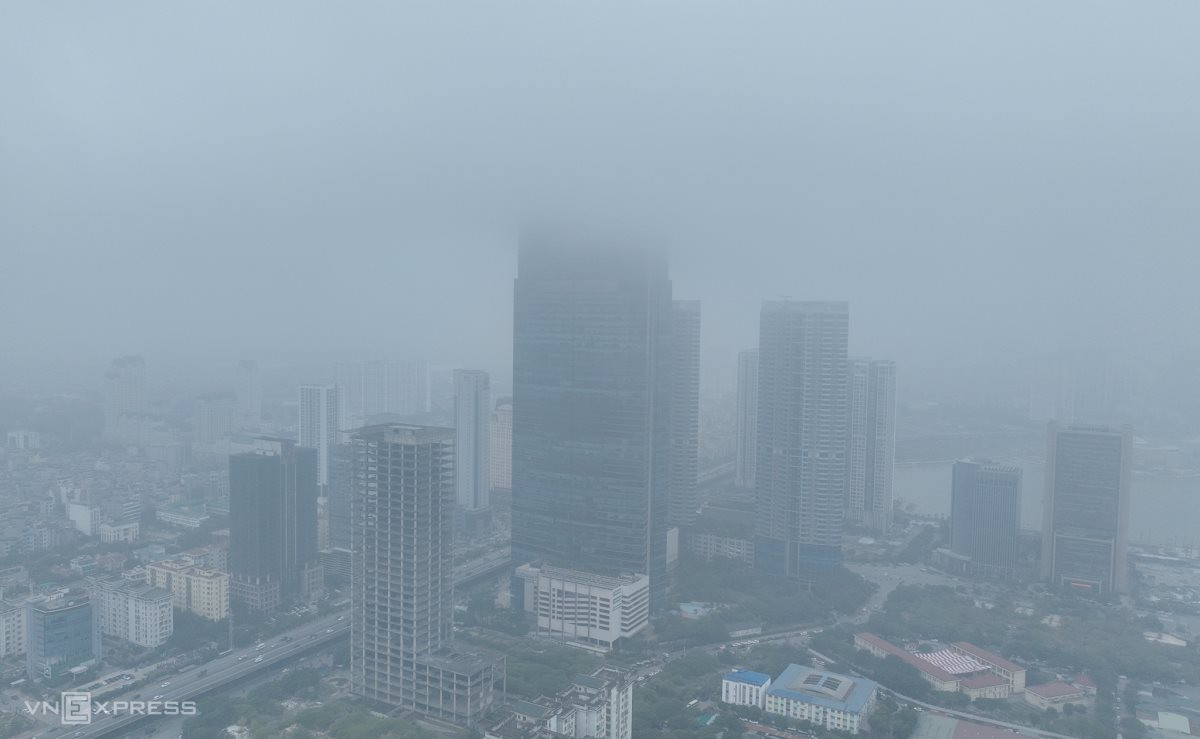
The monitoring systems of the Department of Environmental Pollution Control (Ministry of Natural Resources and Environment), PAM Air or the US Embassy have all recorded that air pollution in Hanoi in recent days has been generally at a very bad level (air quality index AQI from 200-300, very harmful to health with recommendations for people to limit going out and urgently implement health protection measures). In particular, some monitoring points during certain periods of time have recorded pollution at a dangerous level with an AQI index of 300 or higher - a level dangerous to health with recommendations for people to stay indoors, especially the elderly, children, people with respiratory and cardiovascular diseases.
Not only Hanoi, serious air pollution also occurs in most provinces in the Red River Delta. The monitoring system of the Department of Environmental Pollution Control recorded that Bac Ninh is often submerged in very bad air pollution.
According to Dr. Hoang Duong Tung - Chairman of the Vietnam Clean Air Network, former Deputy Director General of the General Department of Environment (Ministry of Natural Resources and Environment), the solution to solve air pollution in Hanoi and some northern provinces is to control emission sources. According to him, it is necessary to strengthen inspection, examination and monitoring from chimneys of factories and craft villages; Propaganda so that people do not spontaneously burn garbage; Control vehicle emissions and invest in more monitoring stations in localities... however, in reality, in recent years, these measures have often received little attention.
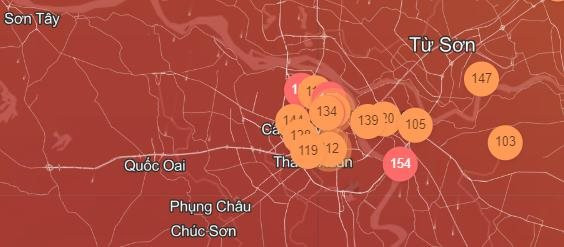
In order to control and limit air pollution, the Department of Pollution Control (Ministry of Natural Resources and Environment) has recently issued a document requesting the Department of Natural Resources and Environment of localities to urgently direct and focus on controlling activities that generate emissions and dust in the area during the changing weather seasons; increase the frequency of air environment monitoring, operate automatic monitoring stations, continuously ensure data transmission and connection to the Department of Natural Resources and Environment and the Ministry of Natural Resources and Environment continuously and without interruption.
The Department of Environmental Pollution Control requests the Department of Industry and Trade to report to the Provincial and Municipal People's Committees to direct districts and communes to encourage people not to burn solid waste, straw, and agricultural by-products after harvest to reduce emissions and dust causing environmental pollution. Limit the burning in the fields causing environmental pollution. Strictly handle violations of environmental protection laws for the act of burning household solid waste in violation of regulations. Organize inspections and urge project owners, construction contractors, traffic, and urban infrastructure renovation to strictly implement measures to prevent and minimize the spread of dust and emissions into the surrounding environment.
In addition to measures to limit the spread of air pollution, to protect their own health, people need to regularly monitor air quality on official media such as the Ministry of Natural Resources and Environment or the Department of Natural Resources and Environment of provinces and cities. When monitoring shows that air quality is at a bad or harmful level, people need to limit going out and not exercise outdoors.
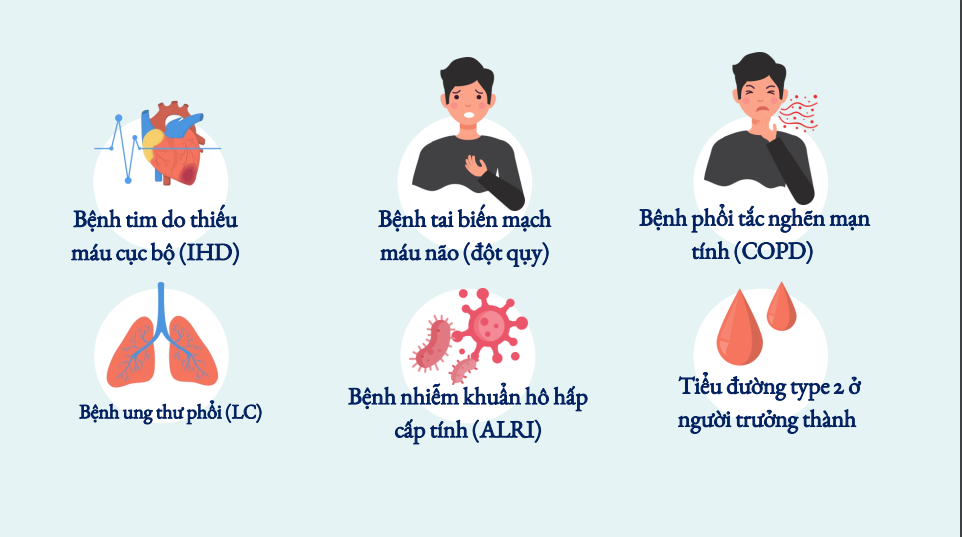
When going out, people should use quality masks that can filter PM2.5 dust (fine dust); wear masks properly; clean nose, gargle with saline in the morning and evening, especially after going out; wash eyes with saline in the evening before going to bed. Limit opening windows and doors when the air is polluted, especially families near traffic routes, in areas with poor air quality, regularly clean rooms and houses, clean and ventilate the living environment; plant trees around the house to help prevent dust and clean the air...
Source







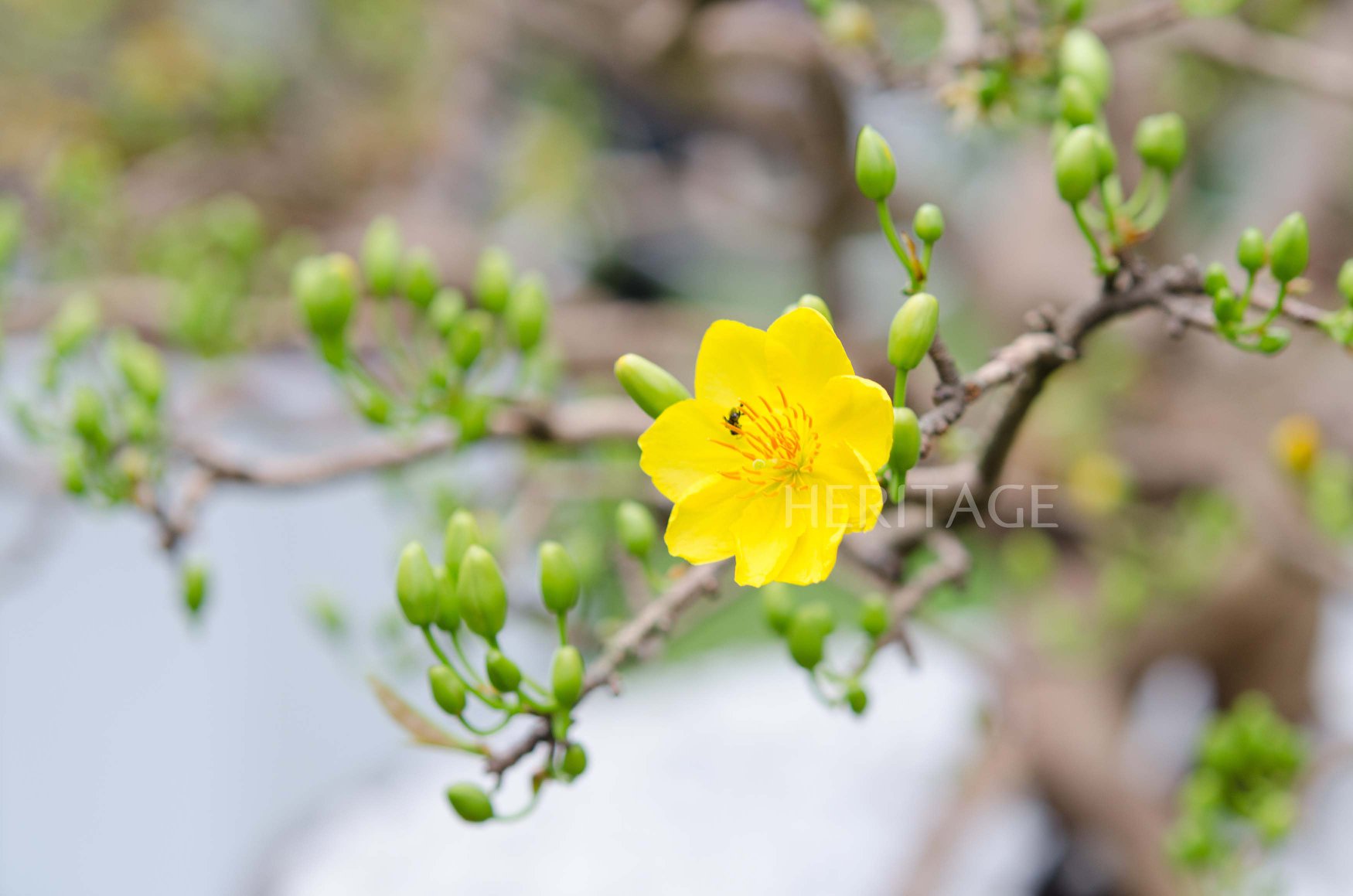














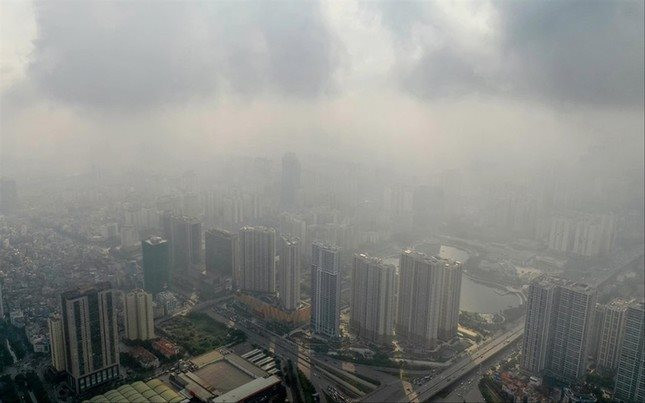
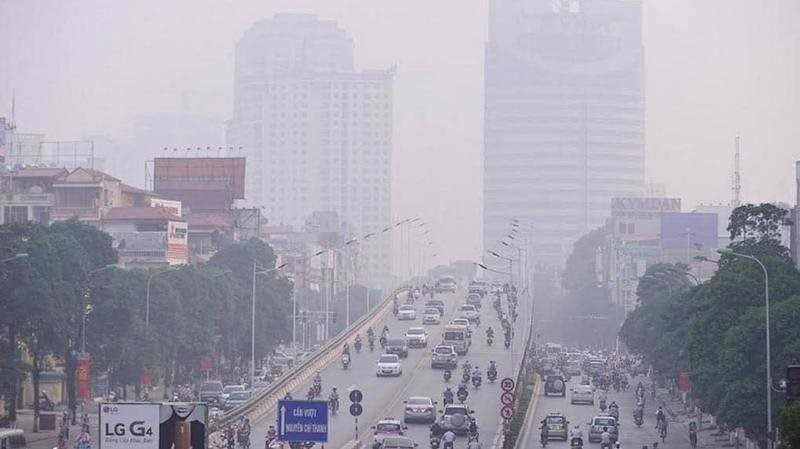

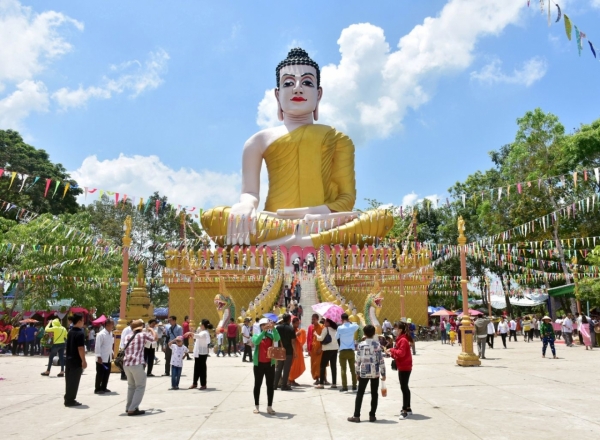

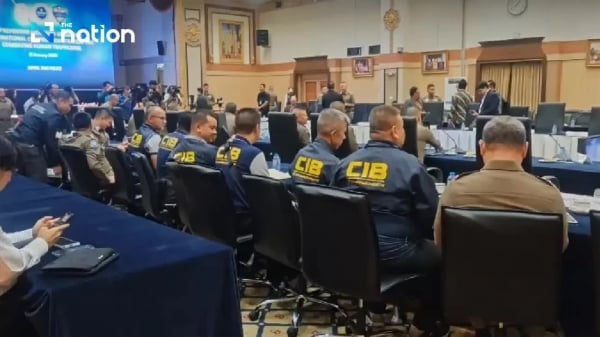




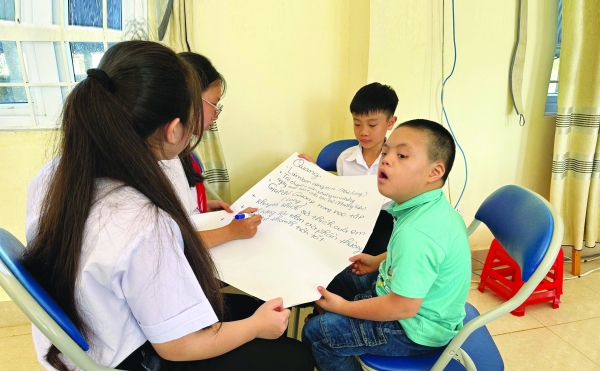

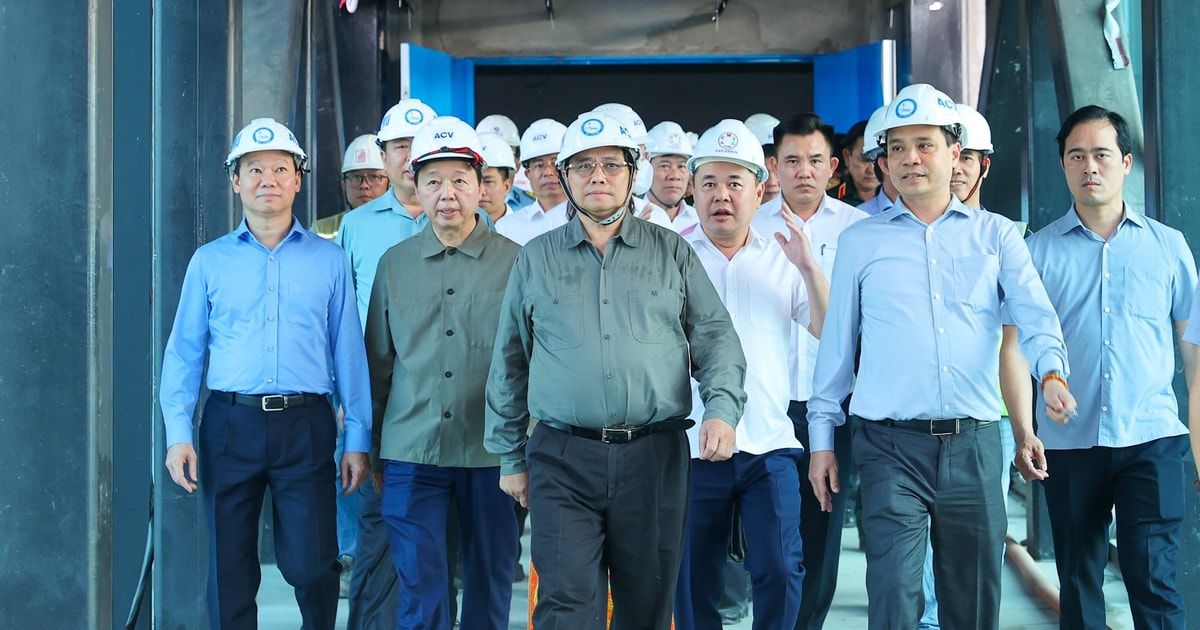
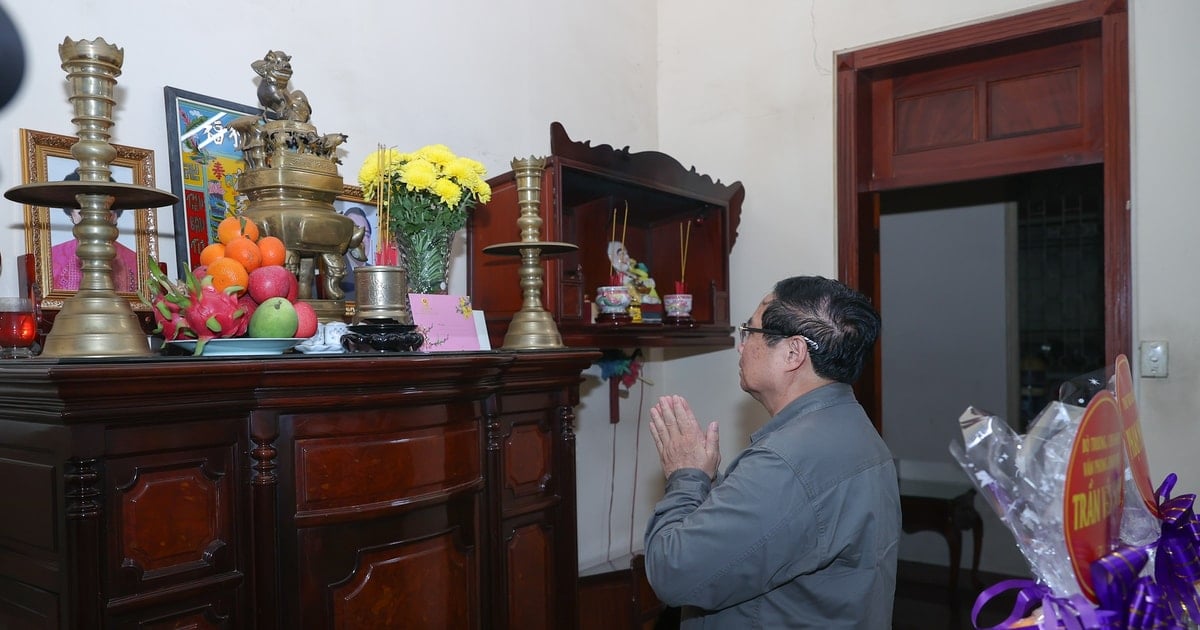
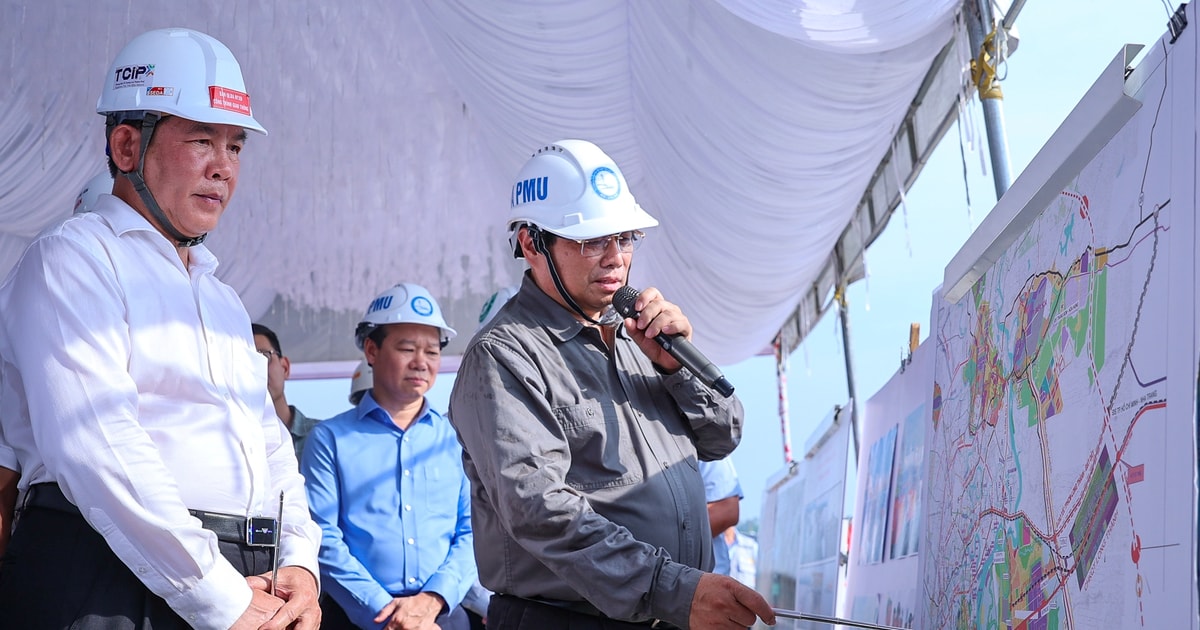
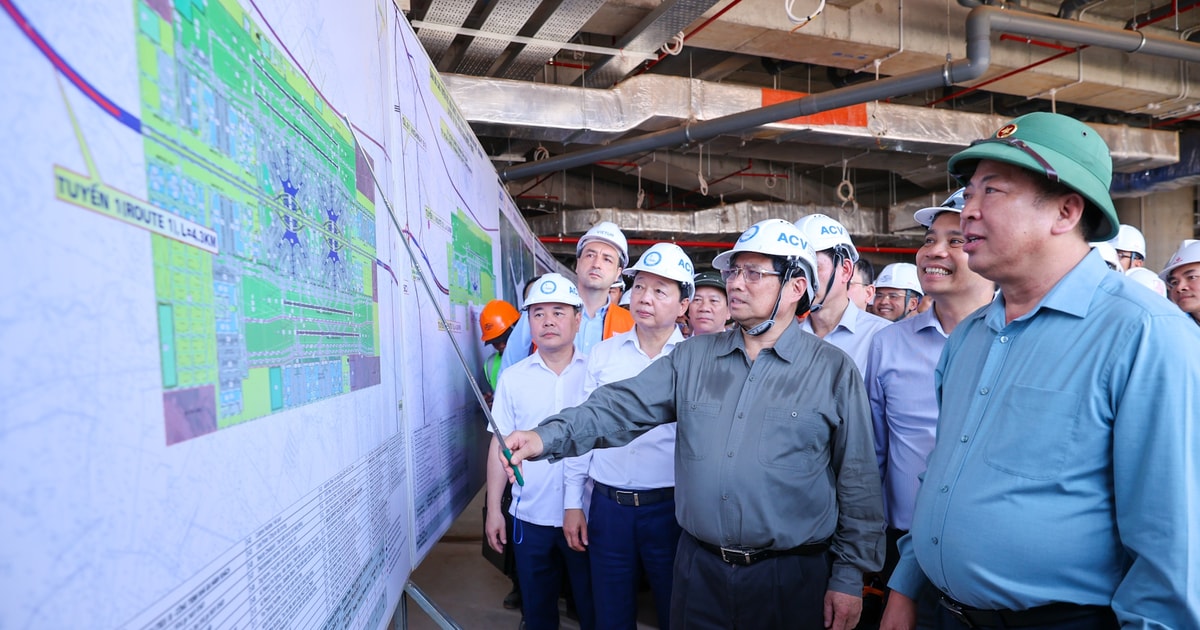

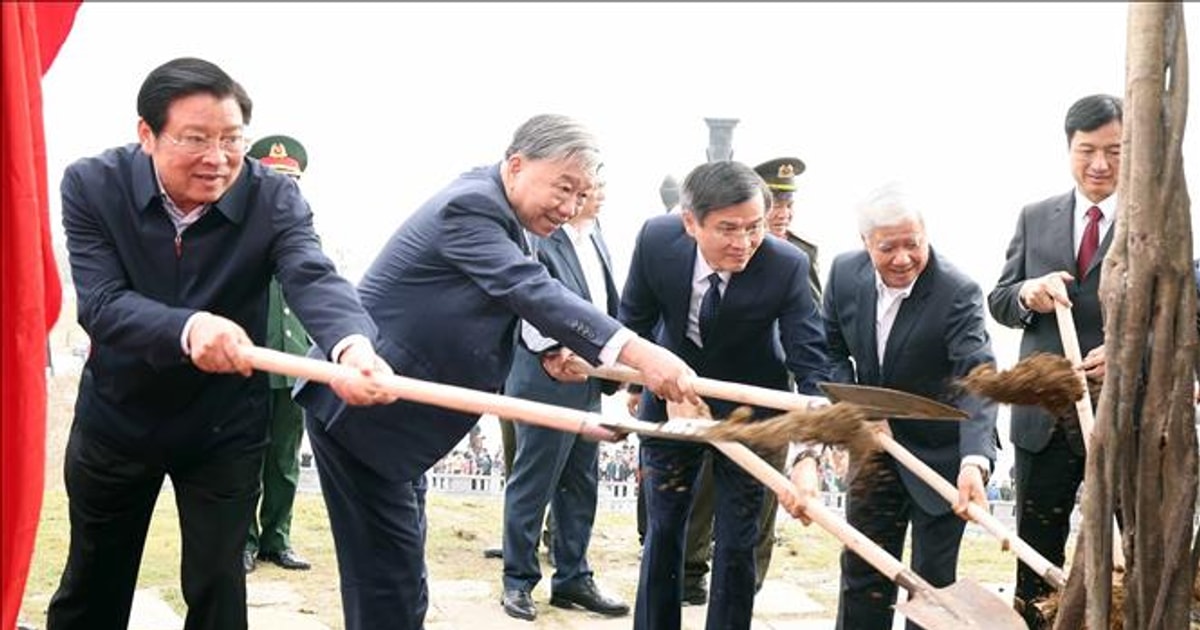
















Comment (0)